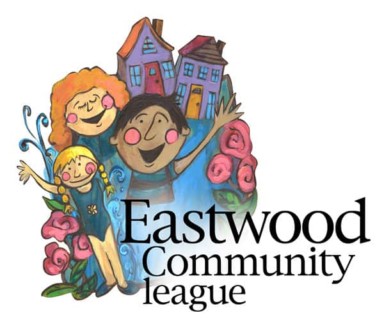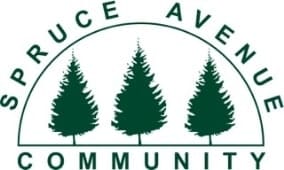Recipes for a nurturing neighbourhood
OK, I am a little old-fashioned. When someone says community, I think of people coming together to communicate—you know, talking in that quaint face-to-face way. And when someone uses the word neighbourhood, I think of friendly people chatting or offering to mow the lawn or just being neighbourly. This obviously dates me to the pre-digital age.
Truth is, this model of city living has gone out of fashion in the past decades, at least with urban planners and developers. The city has become the locus for commerce, industry and entertainment. The suburbs are where people live and enjoy quality of life, except when they spend hours commuting to and from the city core for work, shopping or entertainment.
Neighbourhoods have become subservient to these economic interests around big top events, stadiums, malls, hospitals and universities. Streets are designed as feeders to large complexes or entertainment centres to move as many people in and out as quickly as possible.
What is wrong with this picture? Certainly it is expensive and wasteful, both in terms of human and environmental resources. But most of all, it doesn’t make people happy.
Studies are showing that the more people buy bigger houses further away from where they work or play, the less happy they are. Splitting our lives into isolated compartments violates a core human desire for community, connection, and neighbourhoods in which we live and spend time with people we know, care about and share the same street. There is comfort and security in closeness and familiarity. It provides a sense of belonging, a context of meaning for our lives.
Jason Roberts, founder of betterblock.org, spends his time travelling across North America helping cities reclaim abandoned concrete waste-scapes in city cores and transform them into communities we would all be happy to live in. Here are several recipes for making the transition from urban isolation to neighbourhoods:
Start with art.
The artistic community has the energy, enthusiasm and creativity to make change happen on a shoestring. Take Alberta Avenue as an example. Great wall murals, studios, theatre productions, festivals, dance studios, curio shops, artisan bakeries, and a whole lot of great people to get to know. (Making you look like a genius, Christy.)
Size matters.
Go small. Make space for the cozy, owner-operator, boutique coffee shop or cafes and keep out the strip malls and chain stores. They suck character out of a neighbourhood faster than an empty parking lot.
Speed kills.
Not just literally, though yes, literally. (Did you know there were more traffic fatalities in Edmonton last year than homicides?) Speed destroys ambiance, makes streets unsafe, discourages cycling, sidewalk cafes and kills that comfortable lived-in feeling. Who wants to sit at quaint sidewalk tables when you can’t smell your food or hear yourself talk for the exhaust and traffic? Lower the speed limit, narrow the streets, and make walking a preferable option.
Walk the talk.
Communication and community does not happen when people are driving. They have to stop, get out and walk in order to be within conversing distance to others.
Create friction.
Large open spaces are boring, even intimidating (consider parking lots). People are more comfortable when close to a wall or a hedge, preferably something attractive or interesting. Make streets narrower and throw in some interesting architecture, murals, or cobblestones.
Density and diversity.
The more people you have from diverse cultures in a neighbourhood, the more fun you have. Just look at the restaurants in this neighbourhood. We are a virtual United Nations of food!
Colour it green.
It is just plain hard to love concrete. I’ve tried. Nothing livens up a street corner better than something alive, like a tree, plant box or even a hedge.
Thanks to Counc. Scott McKeen for hosting and the City of Edmonton for sponsoring the “Hello, How are You?” speakers series. For other creative initiatives sponsored by the city, see www.100in1day.makesomethingedmonton.ca.
Header Image: Local artist activists Wesley Andreas and Christy Morin with Jason Roberts, founder of betterblock.org. Credit: Supplied







